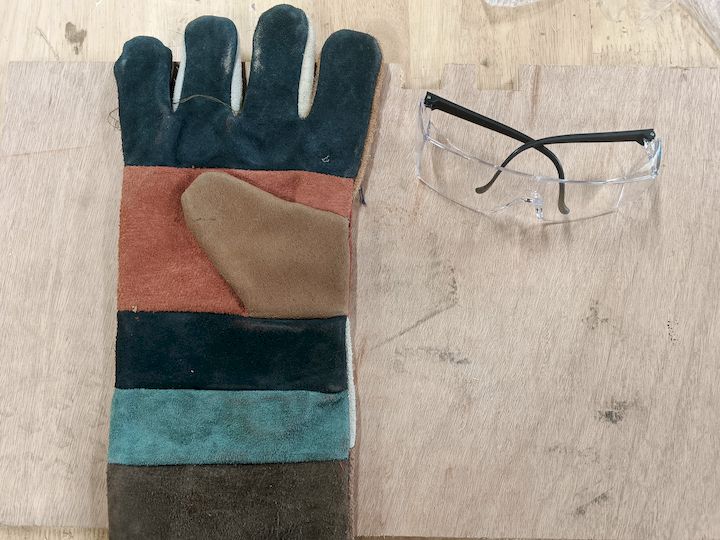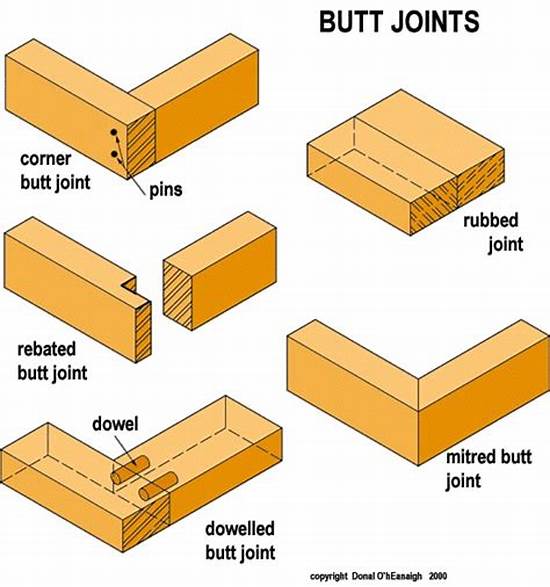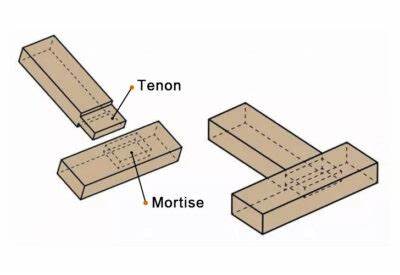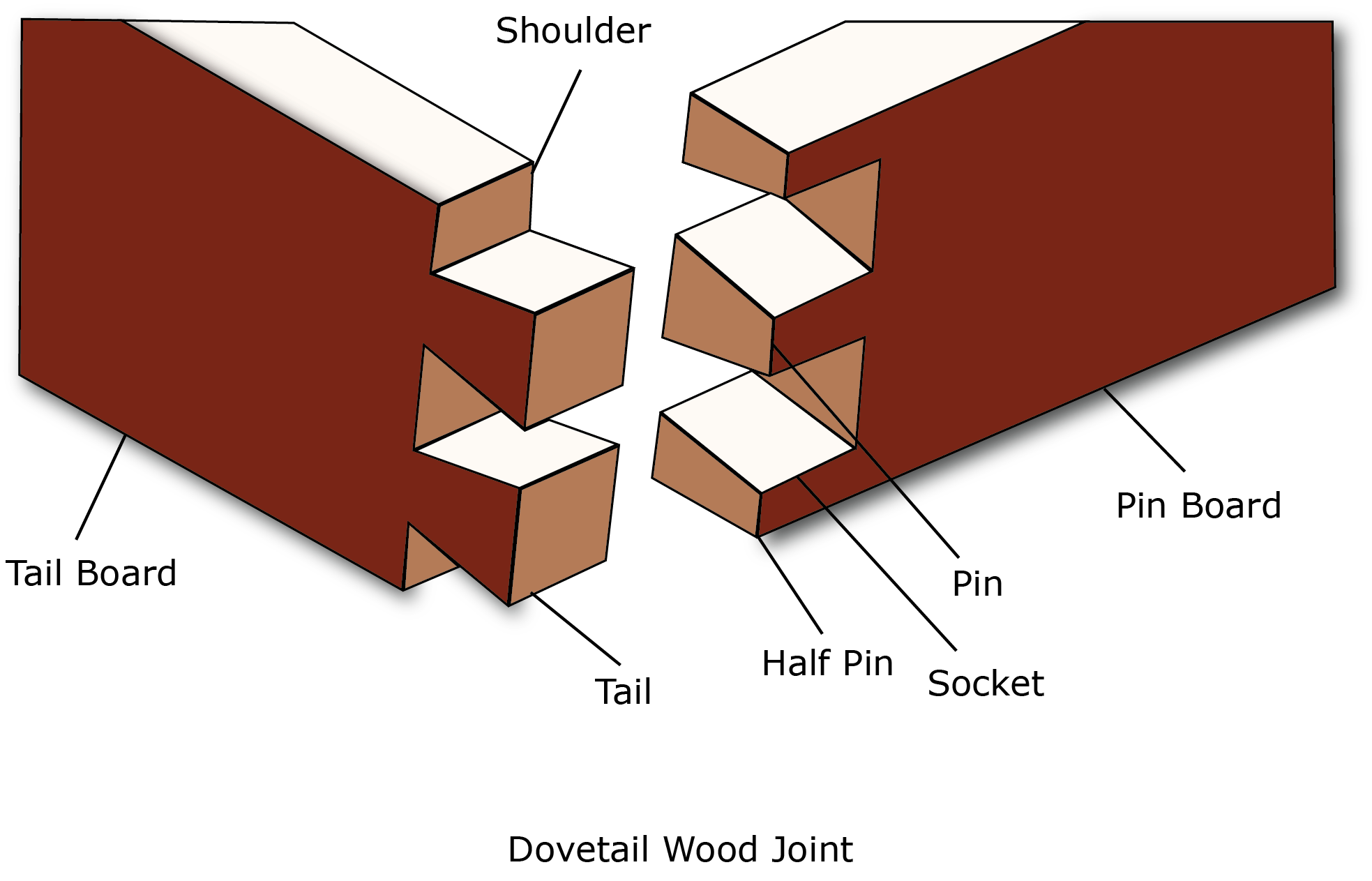Week 7 : Computer Controlled Machining
Objectives of the Week
- Complete your lab’s safety training
- Test runout, alignment, fixturing, speeds, feeds, materials and toolpaths for your machine
- Document your work to the group work page and reflect on your individual page what you learned
Lab Safety

Lab Safety Guidelines
Ensuring safety in a laboratory environment is critical to protect individuals, equipment, and ongoing work. The following guidelines cover the essential aspects of laboratory safety applicable to electronics, mechanical, and fabrication labs.
1. General Conduct
- Always follow instructor or supervisor directions.
- Report any accidents, injuries, or unsafe conditions immediately.
- Do not work alone in the lab without proper supervision.
- Keep your workspace clean and organized to avoid hazards.
2. Personal Protective Equipment (PPE)
- Eye Protection: Safety goggles must be worn when operating machines or handling chemicals.
- Hand Protection: Use appropriate gloves for soldering, chemical handling, or heavy-duty tasks.
- Clothing: Wear lab coats or aprons and avoid loose clothing or accessories.
- Footwear: Closed-toe shoes are mandatory in all lab areas.
3. Electrical Safety
- Ensure equipment is properly grounded and wires are insulated.
- Never work on live circuits unless authorized and trained to do so.
- Turn off power before connecting or disconnecting components.
- Use appropriate tools rated for electrical work.
4. Equipment Usage
- Operate machinery only after proper training.
- Inspect tools and machines before use to ensure they are in good working condition.
- Use the correct tool for each task; do not improvise.
- Keep hands clear of moving parts and avoid distractions.
5. Chemical Safety (if applicable)
- Label all chemical containers clearly.
- Know the location and use of Material Safety Data Sheets (MSDS).
- Work under a fume hood when dealing with volatile substances.
- Dispose of chemical waste in designated containers only.
6. Fire and Emergency Procedures
- Know the location of fire extinguishers, first aid kits, and emergency exits.
- Do not block access to safety equipment.
- In case of fire, shut down equipment and evacuate immediately.
- Report all incidents to the lab supervisor without delay.
7. Clean-Up and Shutdown
- Turn off all equipment when not in use.
- Disconnect power supplies and clean workstations.
- Return tools and materials to their designated places.
- Properly dispose of any waste or unused materials.
8. Additional Tips
- Never eat, drink, or smoke in the lab.
- Keep long hair tied back and avoid wearing jewelry near machines.
- Stay alert and focused on your task at all times.
- Encourage a safety-first culture among your peers.
Common Wood Joints
1. Butt Joint
The butt joint is the simplest type of wood joint where two pieces of wood are joined by simply butting them together. They are usually glued, nailed, or screwed, and are often reinforced for strength.

2. Mortise and Tenon Joint
This is a strong and traditional joint where a projecting tenon fits into a matching mortise (hole) cut into the other piece. It’s commonly used in furniture for its durability and precise fit.

3. Dovetail Joint (Main Focus)
The dovetail joint is known for its strength, resistance to pulling apart, and aesthetic appeal. It is often used in drawers, boxes, and fine woodworking.

Key Features of Dovetail Joints:
- Consists of interlocking "tails" and "pins" cut at angles.
- Creates a mechanical lock without needing nails or screws.
- Excellent resistance to tension (pulling apart).
- Often used in visible joints because of its decorative look.
- Requires skill and precision to cut, traditionally done by hand or with a jig.
Types of Dovetail Joints:
- Through Dovetail: Both ends of the joint are visible.
- Half-Blind Dovetail: Only one side shows the joint, common in drawer fronts.
- Secret Mitered Dovetail: Hidden from all sides, used for elegant boxes.
Advantages of Dovetail Joints:
- Strong and durable without hardware.
- Resistant to wear and tear over time.
- Enhances the craftsmanship and value of woodwork.
In summary, while there are many ways to join wood, the dovetail joint stands out as a hallmark of traditional woodworking mastery due to its strength, longevity, and beautiful appearance.
1. Workholding: Fixturing & Alignment
- Fixturing: Use clamps, T-slot tables, vacuum beds, or double-sided tape depending on the workpiece size.
- Spoilboard: Always place a sacrificial spoilboard to prevent cutting into the machine bed.
- Zeroing: Set X, Y, and Z origins correctly using touch-off blocks or manual jogging.
- Alignment: Ensure the stock is square to the machine axis using a square or fence.
2. Material Compatibility
- Plywood: Common for furniture and flat-pack designs. Use down-cut bits to prevent splintering.
- MDF (Medium Density Fiberboard): Smooth finish, great for engraving and 2.5D milling.
- Softwoods: Pine, cedar – easy to machine but may chip. Use sharp tools.
- Hardwoods: Teak, oak – use lower feed rates and sharp, robust bits.
3. Tooling: Bits Used
- Flat End Mill: For roughing, facing, and pocketing operations.
- Ball Nose: For 3D contouring and smooth surface finishes.
- V-Bit: For engraving and V-carving.
- Down-Cut: For clean top edges on plywood and laminates.
- Up-Cut: For efficient chip removal and deep cuts.
4. Feeds and Speeds (Example Values)
| Material | Tool Diameter | Spindle Speed (RPM) | Feed Rate (mm/min) | Plunge Rate (mm/min) | Depth per Pass (mm) |
|---|---|---|---|---|---|
| Plywood | 3 mm | 18,000 | 800 - 1200 | 200 | 1.0 |
| MDF | 6 mm | 16,000 | 1200 - 1600 | 300 | 2.0 |
| Hardwood | 6 mm | 14,000 | 600 - 1000 | 150 | 1.0 |
5. Toolpaths Types
- Profile Cut: Cutting along the outline of a part. Tabs should be added to prevent movement.
- Pocketing: Removing material inside a closed area to a certain depth.
- Drilling: Straight plunge operations – best done with drill bits.
- Engraving: V-carving and text/graphic operations using v-bits.
- 3D Contour: For sculpted or organic shapes using ball nose bits.
Dovetail Joint CNC Machining Analysis
This document analyzes the theoretical versus actual parameters for machining a dovetail joint using a CNC wood router. Key aspects such as runout, alignment, fixturing, speeds, feeds, materials, and toolpaths are considered in relation to the observed performance on the machine.
1. Workpiece Overview
- Material: Birch Plywood (18mm thickness)
- Joint Type: Dovetail Joint
- Machine: CNC Wood Router
- Tools Used: 6mm 2-flute endmill, dovetail bit
2. Theoretical vs Actual Comparison
| Parameter | Theoretical Setup | Actual Observation & Notes |
|---|---|---|
| Runout | Ideally < 0.01 mm | Measured ~0.08 mm due to tool holder or bit wear |
| Alignment | Stock square to bed, homed using touch probe | Slight 0.5 mm skew on Y-axis; stock not flush with fence |
| Fixturing | T-slot clamps with L-square and spoilboard | Added double-sided tape to reduce vibration and shifting |
| Spindle Speed | 18000 RPM | Effective; however, heating noticed during long runs |
| Feed Rate | 1200 mm/min | Reduced to 1000 mm/min to minimize edge tear-out |
| Plunge Rate | 200 mm/min | Stable with minimal charring |
| Depth per Pass | 2 mm | Safe, but increased machining time; testing 3 mm for efficiency |
| Toolpath Strategy | Adaptive clearing + finishing pass | Effective; some fuzzing on contour edges, required sanding |
| Tool Type | 6mm endmill + dovetail cutter | Dovetail cutter required extra clearances in corners |
| Finish Quality | Clean, tight fit expected | Minor chipping on edges; slight sanding required |
3. Feed Rate Calculation
Formula: Feed Rate = Chip Load × Number of Flutes × Spindle Speed
Values Used: Chip Load = 0.05 mm, Flutes = 2, RPM = 18000
Result: 0.05 × 2 × 18000 = 1800 mm/min
Actual Used: 1200 mm/min (adjusted for smoother cut)
4. Runout Impact
Measured runout of 0.08 mm can result in:
- Uneven tool wear
- Oversized or inaccurate cuts
- Reduced tool life and inconsistent joint fit
5. Importance of Alignment
Improper alignment (e.g., 0.5 mm off) results in misfitting parts and poor mechanical strength. Regular squaring of stock and checking with dial indicators is recommended.
6. Toolpath Planning
| Operation | Toolpath Type | Notes |
|---|---|---|
| Tail Cuts | Profile (outside) | Use ramp entry and leave tabs for holding |
| Pin Sockets | Pocket / contour | Use rest machining for tight corners |
| Final Clean-up | Parallel contour | Use small stepover to improve surface finish |
7. Summary of Theoretical vs Actual Parameters
| Category | Theoretical | Actual Adjustment |
|---|---|---|
| Runout | < 0.01 mm | ~0.08 mm – affected cut accuracy |
| Alignment | Perfectly square | Corrected 0.5 mm skew |
| Fixturing | T-slot clamps | Added tape for additional stability |
| Feed Rate | 1800 mm/min | Reduced to 1200 mm/min |
| Spindle Speed | 18000 RPM | Remained constant |
| Toolpath | Optimized passes | Added final cleaning pass |